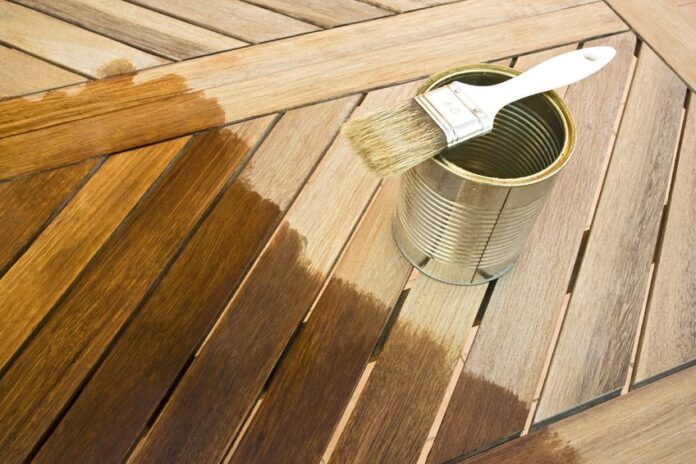
The purpose of painting is to provide an attractive and protective surface which obliterates the texture of the wood. The purpose of wood finishing is to provide an attractive and protective surface which enhances the natural beauty of wood.
All cracks and holes must be filled with a proprietary stopper. Keep this work to a minimum – stopping can be obtained in various wood shades but staining can result in the highlighting of these repaired areas. If the wood has an open grain the pores should be filled with grain filler if you are aiming for a luxury finish. The final step is to sand the wood until it is perfectly smooth. Wipe it down until it is completely free from dust.
Stains
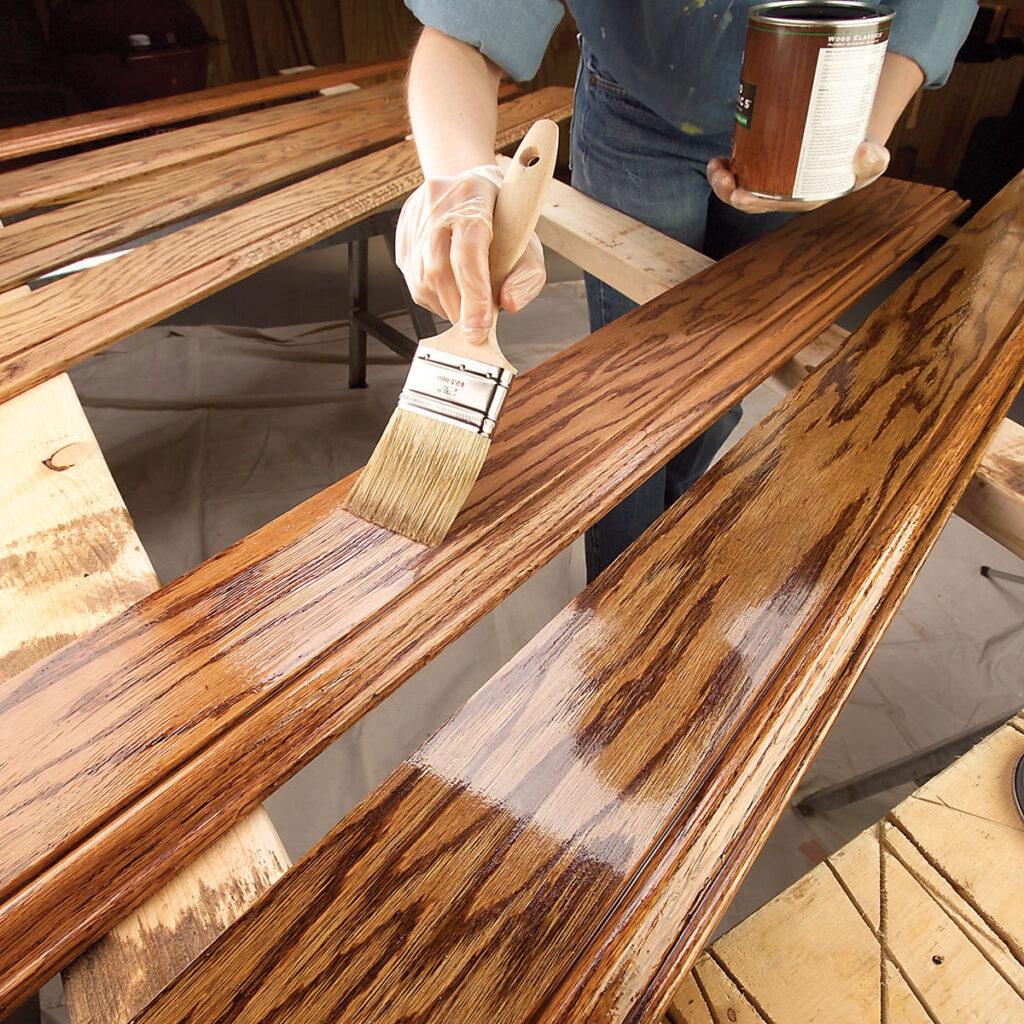
Wood stains (wood dyes) color the surface and often enhances the grain. They usually approximate the shades of hardwoods, and a wide range of wood types is available. Purists claim that new wood should not be stained prior to polishing or varnishing, but for most people the somewhat insipid appearance of whitewood needs to be improved by the richness of a stain. For the adventurous there are stains in bright colors rather than hardwood shades such as red, blue, green, yellow etc. They may look horrible or stunning, depending on the object which has been stained and the surroundings.
There is oil and spirit – water-based stains. Both the oil-and spirit-based ones can raise the grain and oil-based stains are the most popular. Buy the shade which is closest to the color you want and buy the varnish at the same time and it should produced the correct stain. It is the responsiblity of the manufacturer to ensure that the two will be compatible. Once the wood has been properly prepared you are ready to start work. Apply a dab of stain to an inconspicuous part or an unwanted piece of the wood to see if the color is right.
Pour some stain into a saucer. Apply with a piece of soft, clean and lint-free cloth. Try not to put on too much liquid. If the wood is too pale when dry, apply a second coat. If it is too dark, rub down with fine glass paper.
Oil finish
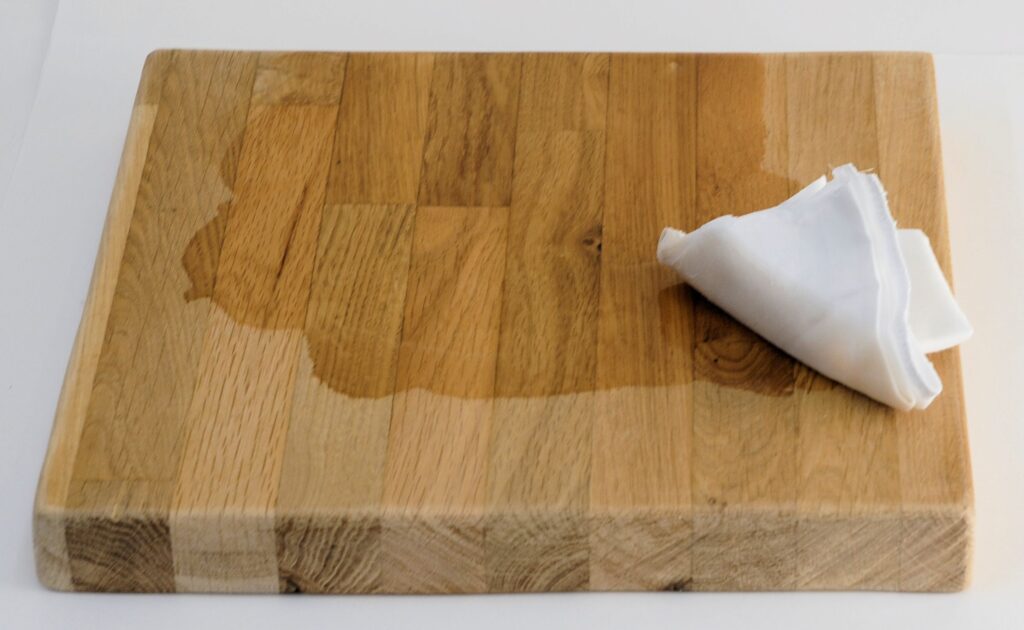
The traditional finish for hardwood doors, window frames etc is a mixture of raw and boiled linseed oil with a little turpentine. There are several problems the surface remains slightly gummy, attracts dust and darkens with age. It is much better these days to use teak oil or Danish oil which gives a longer-lasting finish and a satiny sheen.
Wax finish
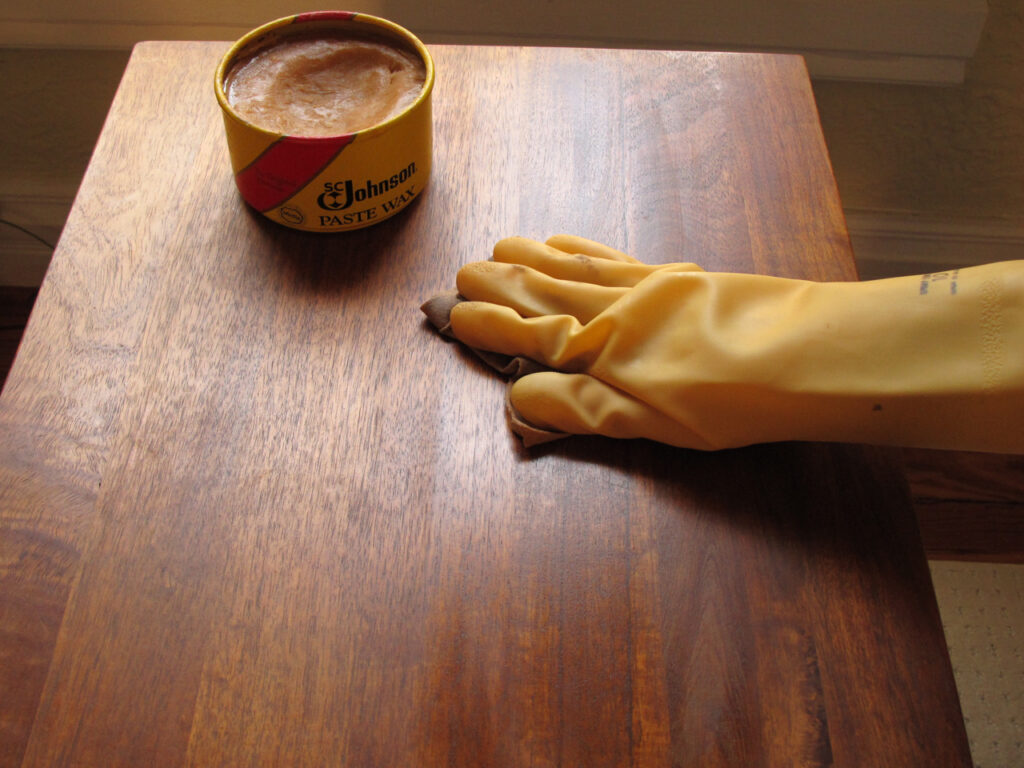
A mixture of beeswax and turpentine. Many coats are needed and wax finishing is not often recommended. The surface attracts dust and is neither heat-resistant nor durable.
Shellac varnish
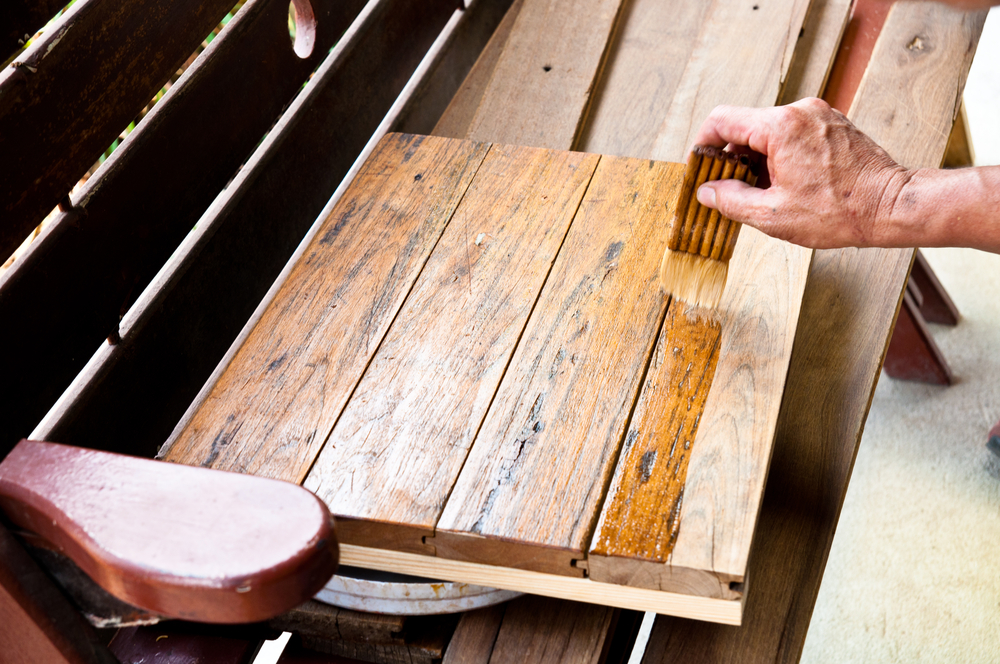
The traditional varnish which has been used on furniture for ages. It is thinned with spirits and applied quickly over the surface. Each coat is lightly rubbed down with fine steel wool before the next one is applied, and the process is repeated until a smooth, glassy surface is obtained. French polishing is a skilled refinement of this simple technique and several brands of French polish are available. All shellac varnishes suffer from the drawback that the attractive surface does not stand up to heat, water stains, and spilt alcoholic drinks nor hard wear.
Polyurethane varnish
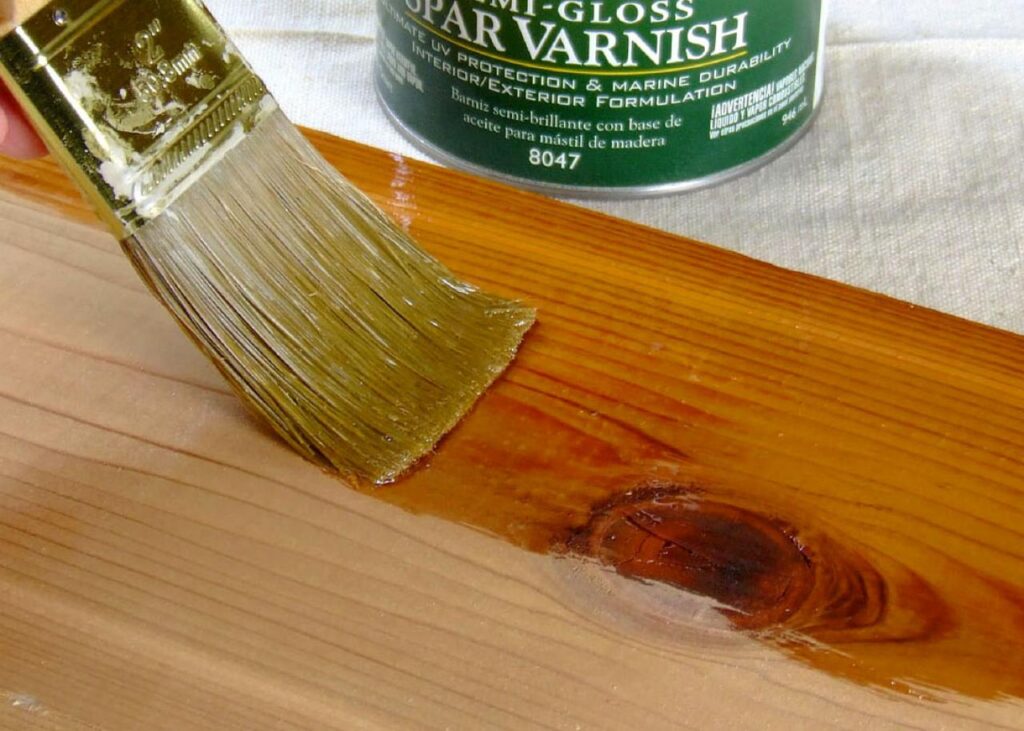
This is the type of finish you are most likely to find in your DIY shop. There are interior and exterior grades and gloss, semi-gloss and matt types. The finish is ideal indoors hard-wearing, heat-resistant, water-repellent and so on. It is also recommended for outdoor use, but it is not particularly hard-wearing when subjected to bright sunlight.
Apply with a soft brush it is vital that the first coat should be diluted with 10 per cent white spirit for softwoods (25 per cent for hardwoods). This coat sinks into the wood and should be left to dry for at least 12 hours in a dust-free atmosphere. Rub down with fine steel wool, remove the dust with a rag damped with white spirit and apply a second coat. About four coats are required to produce a satisfactory finish. Indoors the effect may seem rather artificial. A more natural appearance can be obtained by using a matt grade which is then wax polished.
Two part plastic resin
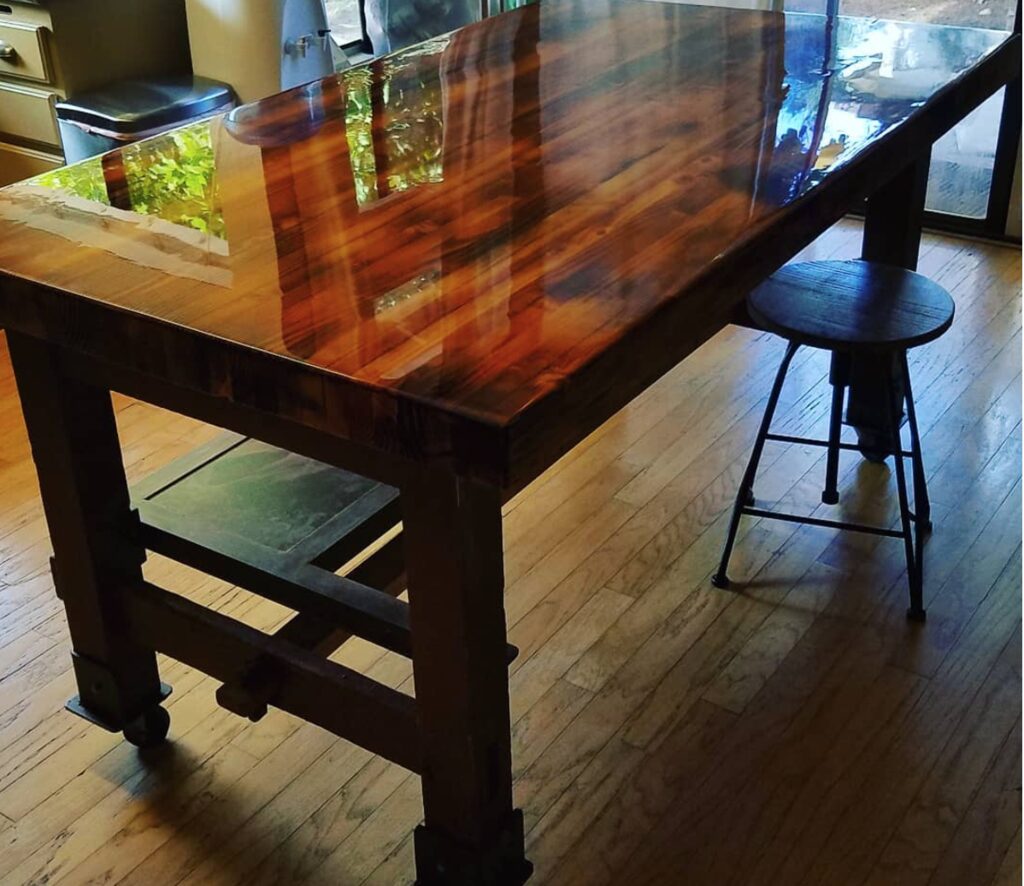
Plastic resin (also called cold cure lacquer) is produced by mixing a resin with a hardener. The clear varnish forms an extremely hard and chip-resistant surface for table tops.
The wood is stained and finished in one operation which saves time. There are gloss, semi-gloss and matt types. But you can’t apply many coats the surface gets darker with each additional coat. If the surface is chipped unstained bare wood is revealed.
Micro porous stain
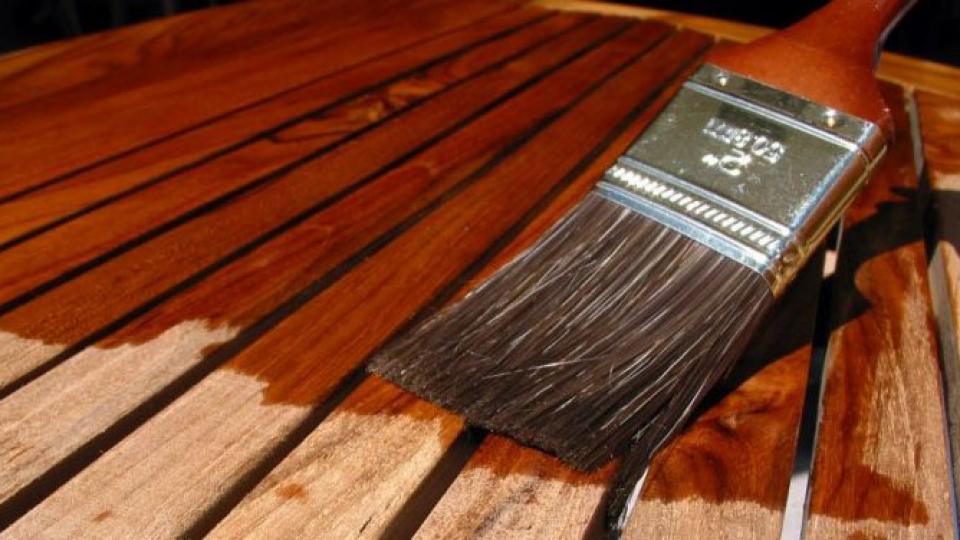
A stain for outdoor use with the same advantages as micro porous paint.
Final Words
A craftsman is only as good as his tools allow him to be. If you’ve been struggling with improper tools, the results will be limited not by your talents, but by the quality of your preparation. Reading about the different wood finishes and understanding the intricacies of each would definitely give you a great edge in elevating your outputs into the next level.
In the world of woodworking, learning never stops. What you learned from this article is just the beginning of a lot more information and tips that you should be ready to absorb, especially if you’re a beginner. Do not limit yourself to a couple of articles on the internet—explore other options from woodworking books (click for options), video guides, carpentry-related forums, subscription to magazines, and even woodworking classes. There are much more opportunities to improve your woodworking skill, and by reading this guide, you’re already a step forward in that journey to improvement.














